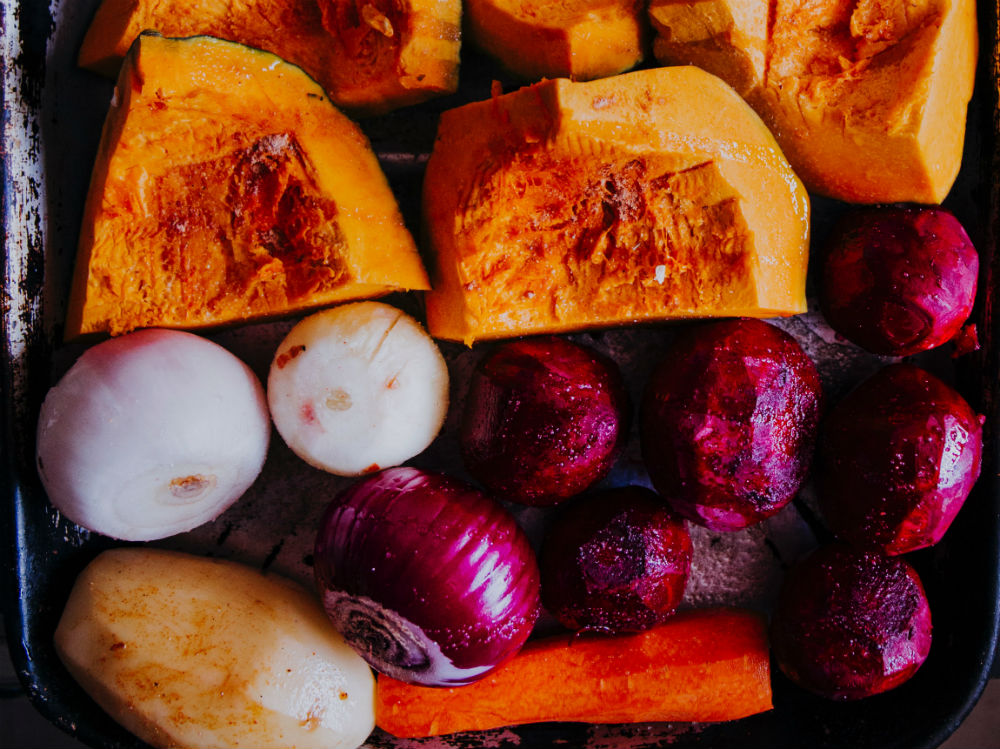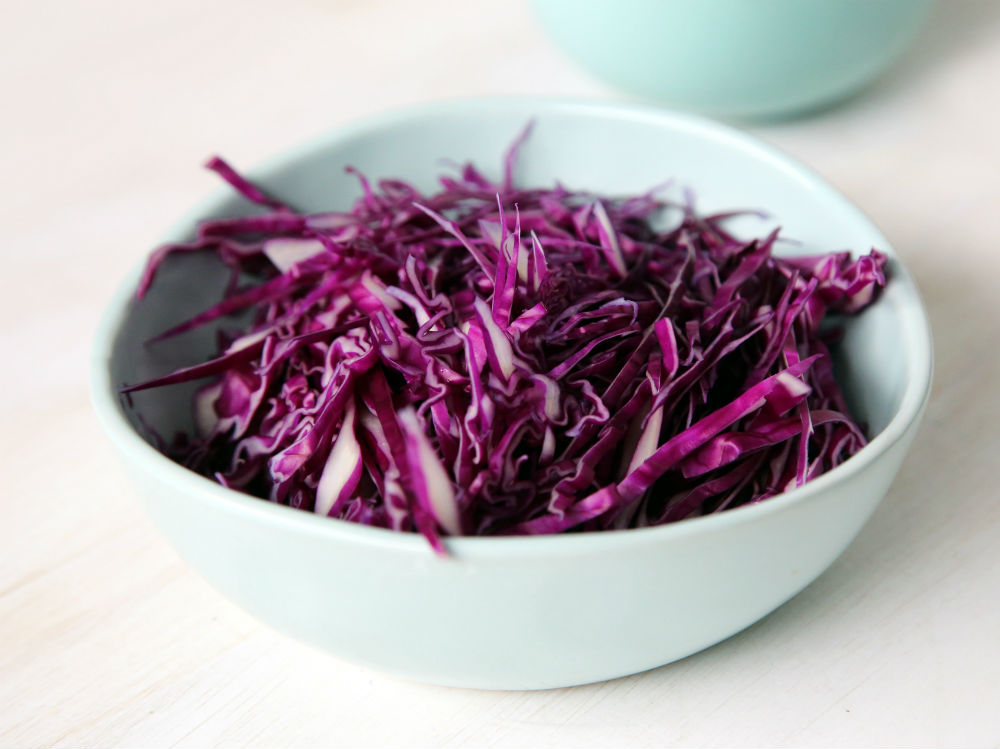

One of the fundamental rules for staying in shape and healthy is to follow a diet rich in foods of different colors. With a special focus on purple foods.
The Color Diet: How Does it Work?
Blueberries, beetroots, sweet potatoes as well as cabbages, carrots, berries, purple-colored rice along with those of red and blue color in fact have an extra edge, so much so that they are considered true superfoods because of the high concentration of certain types of antioxidants, responsible for their color whose properties are widely documented and known.
They are a class of flavonoids, phenolic compounds including anthocyanins such as cyanidin, the consumption of which is an excellent weapon against oxidative stress, caused by lifestyles such as poor diet, exposure to pollution.
5 Good Reasons to Eat More Purple Foods

They Fight Cellulite
The antioxidants present in purple-colored foods have anti-inflammatory and vasoprotective properties, which improve microcirculation and tissue oxygenation, counteracting poor circulation.
They Protect the Heart
Anthocyanins are excellent allies for heart health. They also have cardioprotective properties. In several studies, the intake of anthocyanins has been associated with an improvement in cardiovascular risk, type 2 diabetes, myocardial infarction, and bad cholesterol.
They Help You Get Back in Shape
The antioxidant molecules present in purple-colored foods are excellent allies for those who need to get back in shape. They help the liver to get rid of toxins and waste substances.

They Keep the Brain Healthy
The antioxidants present in purple foods can even influence cognitive health. They fight neuron aging, brain cells, and help keep the mind young and vibrant.
They Fight Fatigue
Do you often feel low on energy and particularly lethargic? Anthocyanins fight inflammation, a condition that often promotes states of fatigue and lethargy. In addition, it increases the risk of suffering from disorders and diseases.
Photo Credits: Unsplash
This article first appeared on Grazia.it – Author: Angela Altomare













